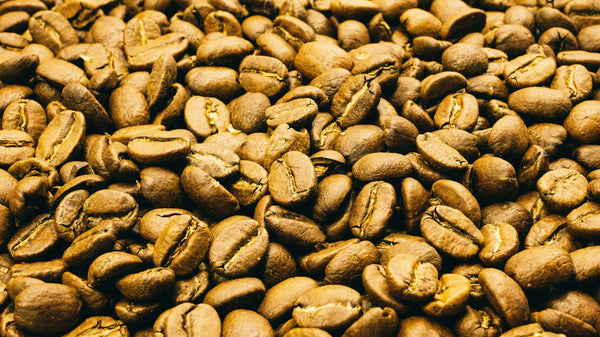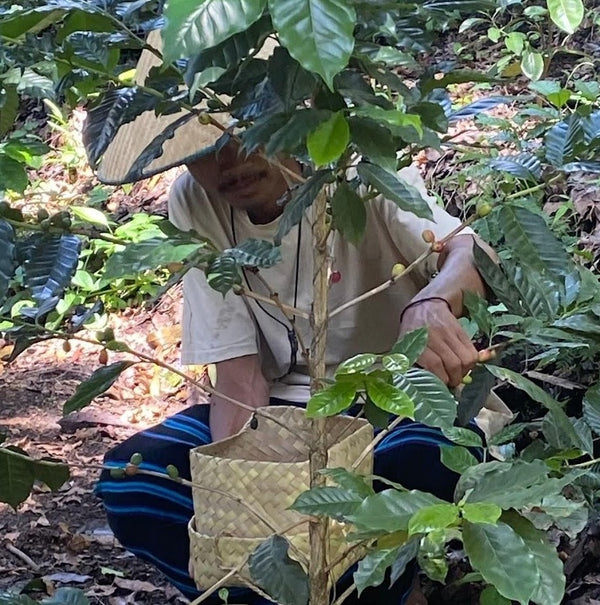Sip Into The Cup: Tasting Notes

Photo by René Porter on Unsplash
Have you ever noticed flavor descriptions like sweet almond or orange on coffee packaging? Those are called “tasting notes”, brief descriptions of the coffee's natural aroma, taste, and overall character derived from the chemical compounds within the beans themselves. While they may sometimes seem abstract, tasting notes are designed to guide your palate, helping you gravitate toward coffees you might enjoy and steer clear of those you might not. Think of it like the range of flavors you experience in apples and wine. A Granny Smith apple offers a classic tartness, while a Honeycrisp boasts a delightful sweet-tart balance. Similarly, a Sauvignon Blanc wine delivers bright, citrusy notes, while a Pinot Noir leans towards red berries and a hint of earthiness. Both apples and wines offer a spectrum of flavors, and coffee works in much the same way. Beans can exhibit diverse tasting notes depending on their origin, processing techniques, roasting style, and even how you brew your cup.
The flavors you experience in your cup are shaped by numerous factors. Climate conditions, processing techniques, and the skill of the roaster all significantly affect the final product. Each coffee crop varies slightly from year to year, resulting in subtle flavor shifts. Roasting is where the true magic happens. It’s the process that unlocks the complex flavors within the beans. Lighter roasts often highlight brighter, fruitier notes like citrus and berries, while medium roasts can emphasize sweetness and balance. Darker roasts bring out chocolatey, nutty characteristics and sometimes a pleasant smokiness.
Taste refers to the five basic perceptions on our tongue: sweet, salty, sour, bitter, and savory. When we describe coffee, we focus on its distinctive flavors, which stem from thousands of unique chemical compounds found in roasted Arabica beans. When you detect hints of citrus, chocolate, or even spice in your coffee, you're experiencing complex flavor compounds that resonate with those found in other foods. To standardize the language around coffee flavors, roasters have developed a tool called the flavor wheel. This helps create a shared vocabulary and understanding of potential coffee flavors.

Interactive Flavor Wheel by Notbadcoffee
Paying attention to tasting notes isn't just about identifying your favorite flavors; it's about deepening your understanding of coffee preferences. If you love floral notes like jasmine, you might find yourself a fan of coffee from Flores, Indonesia. If notes like blueberry, dark chocolate, or hints of spice intrigue you, exploring different Flores coffee origins and processing methods could be a delicious adventure. It is an enjoyable practice and journey that you can try even at the comfort of your home! Here’s what you need and how!
- Give your mouth a break before tasting. Avoid strong mints or toothpaste beforehand.
- Make a cup of your favorite coffee. Espresso, pour-over – different methods bring out different flavors!
- Get a Coffee Taster's Flavor Wheel (you can find them online). This chart helps you name the flavors you're tasting.
- Take a sip, let the coffee sit on your tongue for a moment. What do you tastes? Fruity? Chocolatey?
- See if you can find your flavors on the flavor wheel. Start in the middle with common tastes, then explore outwards.
- If you can't find an exact match, worry not! Everyone tastes things a little differently.
- To really train your taste buds, try brewing two very different coffees. Maybe one with fruity notes and one that's more nutty. Tasting them side-by-side helps you spot the differences.
Remember, the best way to learn is to practice! Try not to be intimidated. The more coffee you taste, the better you'll become at picking out those delicious flavors.




